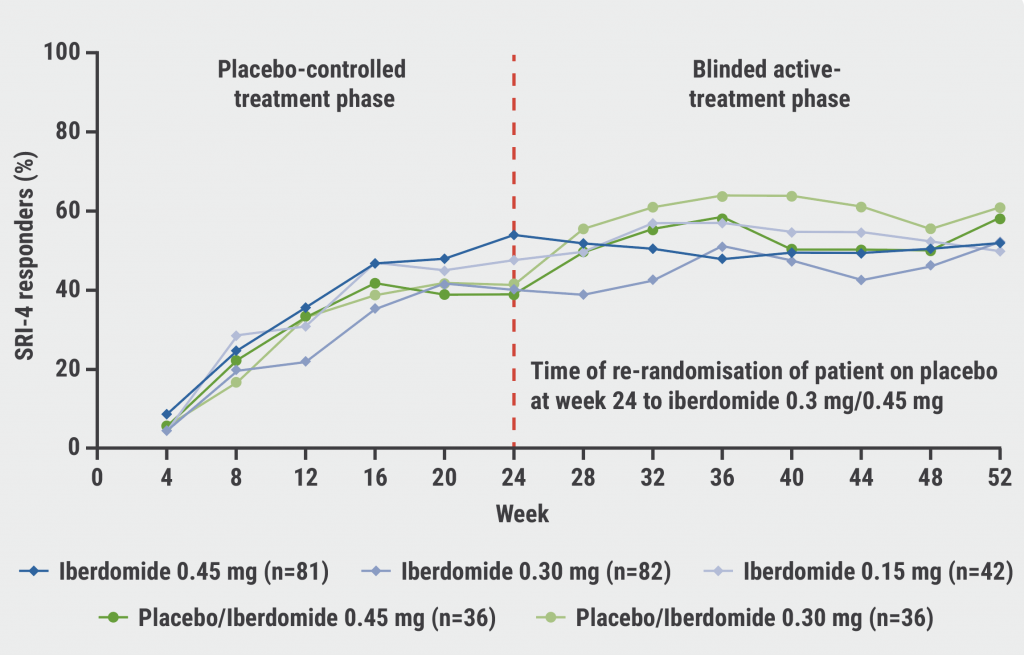"These findings confirm the high frequency of musculoskeletal presentation among patients with pediatric cancers and underscore the diagnostic difficulties that might be posed by the occurrence of musculoskeletal symptoms in isolation," write Dr. Adele Civino of Fito Fazzi Hospital, in Lecce, and colleagues in a paper in The Lancet Rheumatology.
They studied 1,277 children newly diagnosed with a malignancy and 680 newly diagnosed with JIA.
A quarter of the children with cancer had musculoskeletal symptoms and these symptoms were most common in those diagnosed with bone tumors, Langerhans histiocytosis, leukemia, soft tissue sarcoma, and neuroblastoma. The most common musculoskeletal complaints were joint pain (61%) and limb bone pain (35%).
Musculoskeletal symptoms were the only presenting complaints in 5% of children with hematological malignancies and 12% with solid malignancies.
Most of the children with musculoskeletal symptoms had at least one systemic feature; 48% of children with cancer and arthropathy had only one joint involved, most often the hip or knee.
On multivariable analysis, limb bone pain was the independent variable most strongly associated with malignancy. Systemic symptoms independently associated with cancer included weight loss and thrombocytopenia, as well as hip involvement and male sex.
Factors independently associated with JIA were morning stiffness, joint swelling and involvement of the small hand joints.
"The results of this study highlight the clinical manifestations that are most valuable to suspect a malignancy in children who present with musculoskeletal complaints and provide the clues that might help clinicians to differentiate cancer with articular symptoms from juvenile idiopathic arthritis," Dr. Civino and colleagues conclude in their paper.
The author of a linked comment says "knowledge of the broad variety of malignancies that present with musculoskeletal symptoms, as well as insight into the clinical differences between, and specific aspects of, juvenile idiopathic arthritis categories is of great importance."
"Although hematological malignancies are particularly known for presenting with symptoms mimicking juvenile idiopathic arthritis, this study reveals that several other malignancies can do so as well," writes Dr. Lisette W. A. van Suijlekom-Smit of Erasmus MC Sophia Children's Hospital, in Rotterdam, the Netherlands.
"The study by Civino and colleagues also emphasizes the importance of knowing the spectrum of signs and symptoms of specific joint diseases other than juvenile idiopathic arthritis. Diagnostic incompatibilities should arouse clinical suspicion and the consideration of a possible malignant disease," Dr. van Suijlekom-Smit concludes.
SOURCE: https://bit.ly/3bwhDDl and https://bit.ly/3eRool2 Lancet Rheumatology, online May 11, 2021.
By Reuters Staff
Posted on
Previous Article
« Joint and muscle disease drugs may limit vaccine response Next Article
Continuous cardiac monitoring detects substantial rates of subclinical AF after stroke »
« Joint and muscle disease drugs may limit vaccine response Next Article
Continuous cardiac monitoring detects substantial rates of subclinical AF after stroke »
Related Articles
August 14, 2020
Subclinical myocardial involvement progresses in SSc patients

© 2024 Medicom Medical Publishers. All rights reserved. Terms and Conditions | Privacy Policy
HEAD OFFICE
Laarderhoogtweg 25
1101 EB Amsterdam
The Netherlands
T: +31 85 4012 560
E: publishers@medicom-publishers.com

